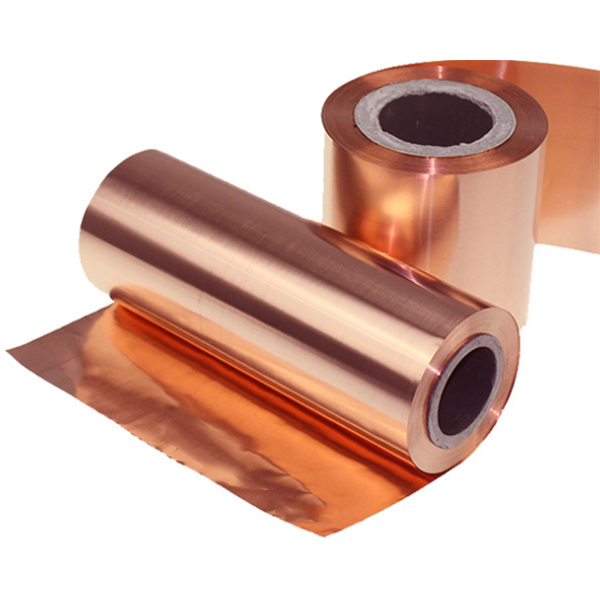With the implementation of China's new energy vehicle policy and the expansion of the production of new energy vehicles, copper foil, as the cathode carrier of lithium ion batteries, has seen a huge increase in demand in the past two or three years. In 2016, the annual production capacity of copper foil for lithium-ion batteries in China increased to 702600 tons, and the output of copper foil reached 5883700 tons, accounting for the entire domestic Electrolytic copper foil The proportion of output increased to 20.2%.

In 2016, the increase of production and sales of copper foil for lithium ion batteries and the increase of sales profit in China also brought great improvement to copper foil enterprises in terms of operating efficiency, capacity utilization, share of domestic copper foil supporting equipment and manufacturing level.
In 2016, the output of copper foil for lithium ion batteries in China reached 58837 tons. Among them, seven domestic copper foil enterprises have achieved an annual output of more than 2000 tons of lithium battery copper foil. The output of lithium battery copper foil of these seven enterprises in 2016 accounted for 79.6% of the total domestic output of lithium battery copper foil.
It is estimated that in 2017, the capacity of copper foil for lithium battery in China will reach 161900 tons, an increase of 130.4% over 2016. It is predicted that the output of copper foil for lithium battery in China will reach 146000 tons in 2017, accounting for 53.5% of the total output of copper foil for lithium battery in the world in 2017.
In 2017, the adjustment of China's new energy vehicle subsidy policy and the release of the Medium and Long Term Development Plan of the Automotive Industry directly linked the energy density to the subsidy amount. Vehicle enterprises will start from their own interests, and will try to raise the threshold of power battery energy density on the premise of ensuring high safety performance. According to the requirements of Made in China 2025 and the Road Map for Energy Saving and New Energy Vehicles: by 2020, the specific energy of the single power battery should reach more than 300Wh/Kg, and strive to achieve 350Wh/Kg, and the specific energy of the system should reach 260Wh/Kg. Therefore, power battery enterprises will follow the policy and the requirements of automobile enterprises on energy density, accelerate the process of improving the material system and energy density, and will Lithium copper foil Put forward the requirements of thinness, flexibility and high security.
At present, the overall technical level of lithium battery copper foil produced by China's copper foil enterprises still lags far behind that of advanced enterprises in Japan and South Korea. The qualification rate of copper foil production for lithium battery of some new enterprises is still low (even some only reach 60~70%), and the economic benefit is low. If the product quality and qualification rate are not improved rapidly, in another one or two years, they will face the danger of being eliminated by the trend of fierce competition under the change of market situation.
Thin and flexible copper foil for power battery will become an inevitable choice to improve energy density. Developing high-quality and thinner copper foil for lithium battery has become a new demand trend. Currently, 8 μ m-10 μ M Lithium copper foil is the mainstream of application. However, in order to reach the standard of 260 Wh/Kg specific energy of power battery system in 2020, the existing copper foil materials cannot meet the requirements. Development 6 μ m. Even 5 μ M-thick copper foil for lithium battery will become the development trend.
Develop and stably produce high-strength and high-quality 5 μ m、6 μ The m-thick copper foil for lithium battery has become an important topic in front of China's copper foil industry. It needs the joint efforts of lithium ion battery enterprises and copper foil manufacturers to improve the quality and market share of domestic copper foil and meet the requirements of new energy vehicles for high specific energy of power batteries in the future.




